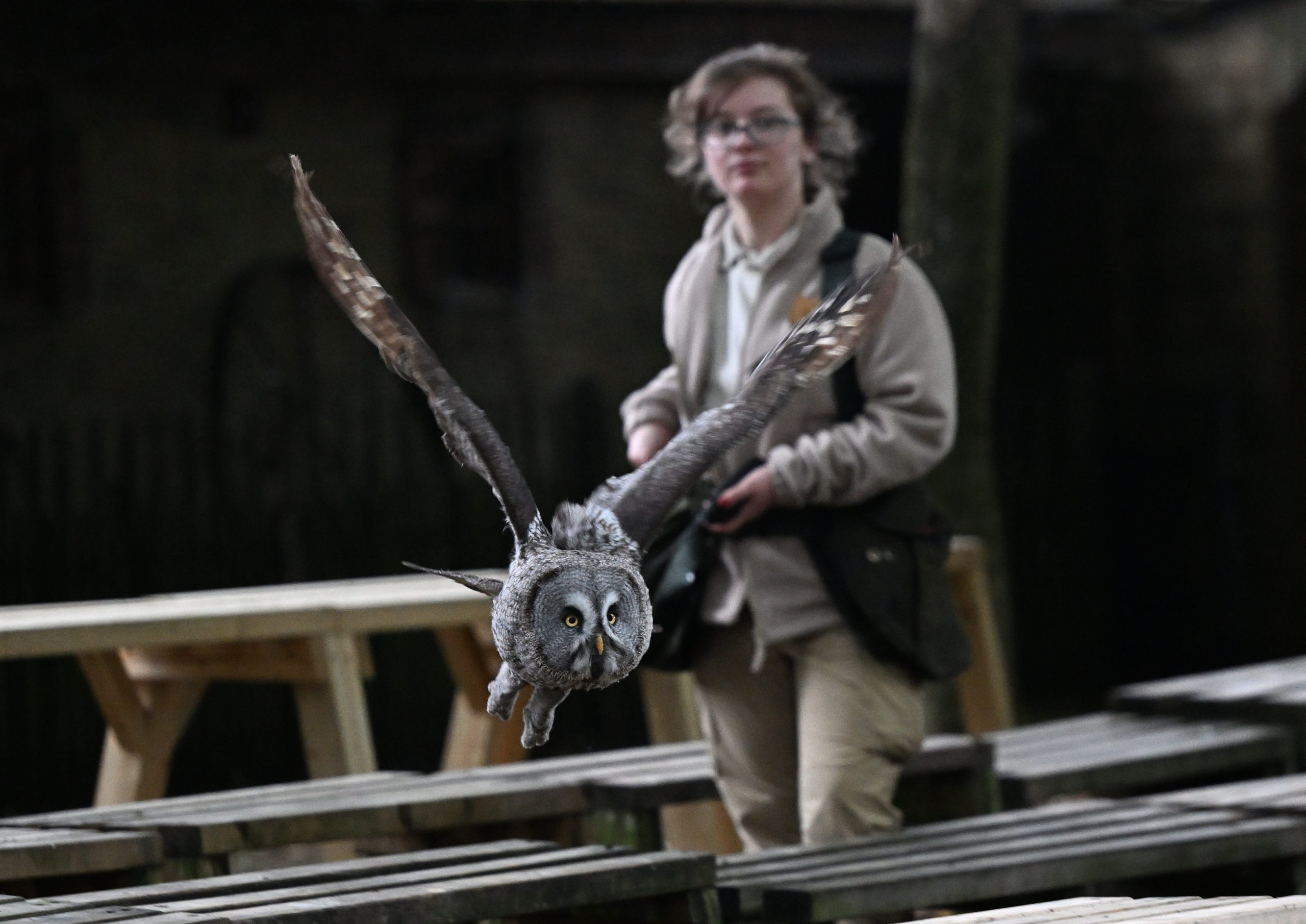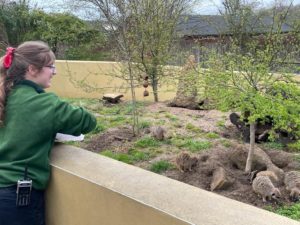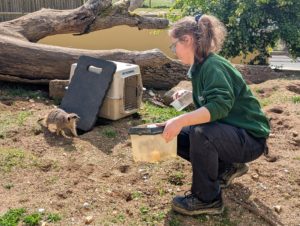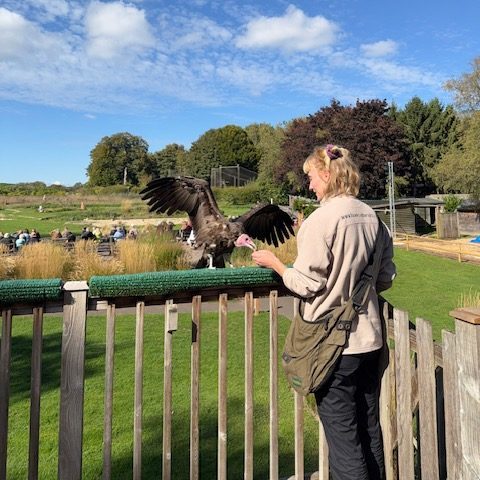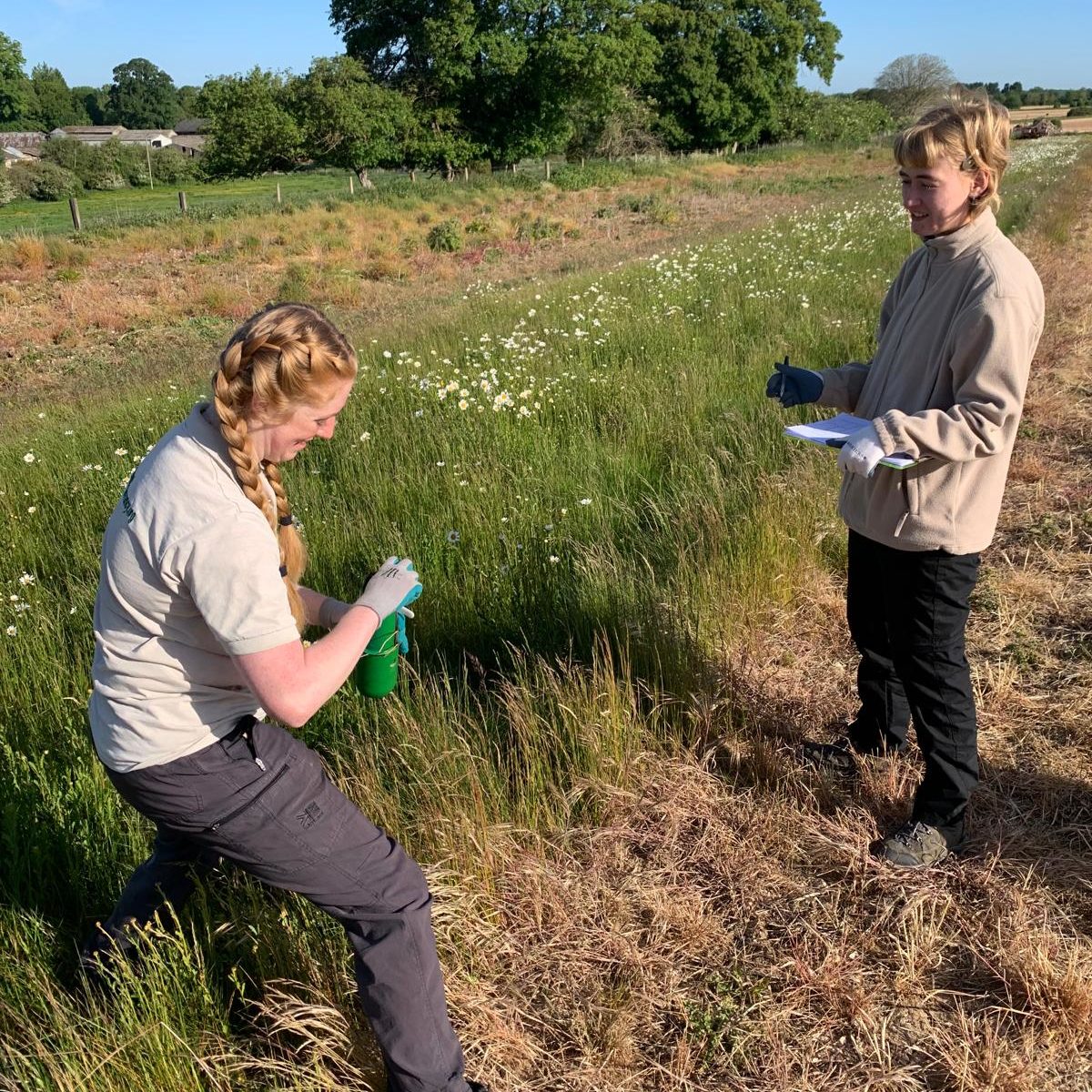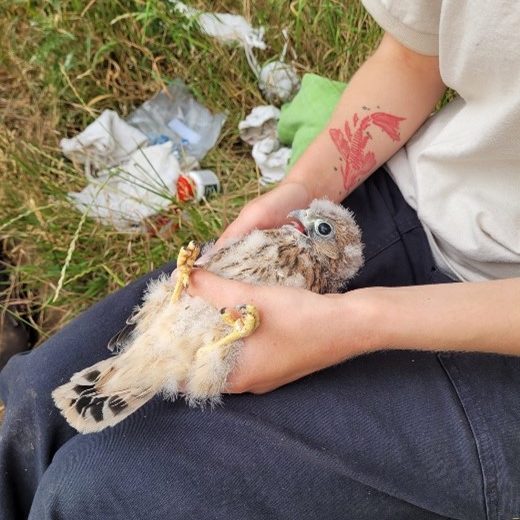Endangered Lappet-faced Vultures are on the brink of losing critical breeding opportunities in Kruger National Park. Breeding territories depend on a handful of key nest trees, yet elephants are destroying these trees at an alarming rate. Our monitoring has highlighted just how scarce these nest trees have become. With so few trees remaining, and the slow breeding cycle of Lappet-faced Vultures, the urgency to act is clear, and we think we might have the solution to protect these trees.
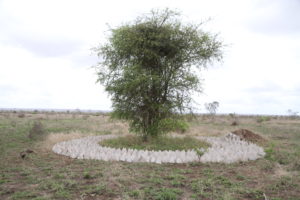
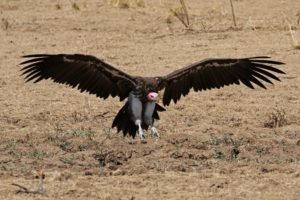
Although Kruger National Park is home to one of the largest remaining populations of Lappet-faced Vultures in southern Africa, we estimate that there are only about 30 nests across the park’s roughly 20,000km² landscape, an area about the size of Wales!
Between 2008 and 2017, elephants toppled roughly a quarter of nest sites (of around 60 nest sites that we monitored). Today, the vultures are mostly confined to an area of about 4,000km² in the park’s central sections, leaving their already fragile breeding population under serious threat and at risk of disappearing from the park.
At the Hawk Conservancy Trust, we are working to protect the few remaining nest trees and understand the elephant behaviour. That’s no easy task; Lappet-faced Vultures are notoriously unpredictable in their breeding habits, often switching trees, skipping breeding, or abandoning nests mid-build. With so few nest trees left and the clock ticking, every tree matters. The aim isn’t to stop elephants from toppling trees entirely, but to steer them away from the precious ones that these vultures depend on.
Lappet-faced Vultures choose surprisingly small trees for their nests, which makes those trees easy targets for elephants to push over. Why elephants seem drawn to these particular trees is still a puzzle. Typically, elephants push trees down to eat from the canopy or exposed roots, but in this case, they often leave the fallen nest trees untouched. Sometimes they will even topple a nest tree when plenty of other trees stand nearby, including toppling nest tree species they wouldn’t usually eat.
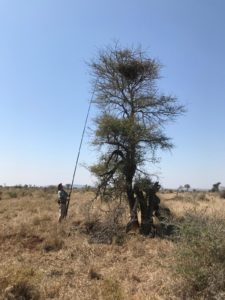
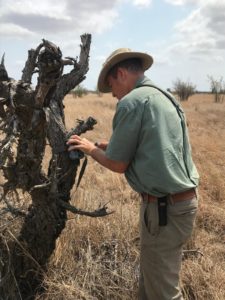
To try to solve this complicated problem, this year we are moving to Stage 2 of this project and will implement trial “tree safe installations.” This is a time-tested local method of placing large, concrete pyramids (pointed rocks, essentially) around the base of key trees. It is a simple, low-maintenance deterrent similar to what has been used for years to protect iconic trees, such as Baobabs, in southern Africa. It has also been used to great effect in reserves neighbouring Kruger National Park to protect mature trees from elephants. We do not know for sure whether the mysterious attraction of Lappet-faced Vulture nests will outweigh the discomfort and effort for elephants to walk over or dig up the concrete pyramids. We are opting for this low maintenance method rather than using electric fences or anything that might disturb or affect other wildlife.
During Stage 1, we used cameras to monitor current and potential nesting trees, which proved challenging and did not bring the hoped for insights into elephant behaviour. Several trees were monitored, but the elephants often seemed to know they were being watched, pulling down or obscuring the camera trap ahead of pulling the nest tree down. This, of course, is doubly frustrating – losing another tree but without enhancing our understanding of the problem. The threat posed by elephants is clearly pressing, and we cannot wait to fully understand their behaviour before attempting to reduce the damage. That is why Stage 2 is so urgent and starting now. We must begin protecting the very limited number of remaining nest trees before more are lost.
Installing these tree safe installations will be a pilot, the hopeful success of which, will shape our path into Stage 3, which involves rolling out protection across all the current and potential nesting trees in Kruger. Secretary Birds also nest in similar trees to Lappet-faced Vultures, which means this project, if successful, could also help in protecting their populations too.
After last year’s incredible fundraising, we have been able to purchase the moulds for creating the concrete pyramids and are pressing ahead with getting some pyramids created now! We are set to use up to 2000 concrete pyramids per tree to protect them, which brings logistical challenges and labour costs to transport and install the bed of pyramids around these trees, deep in the bushveld of Kruger. It is quite the operation, but we are excited to be getting this next stage underway and will require urgent funds to expand this project further. Please click here if you would like to donate to support this project.






